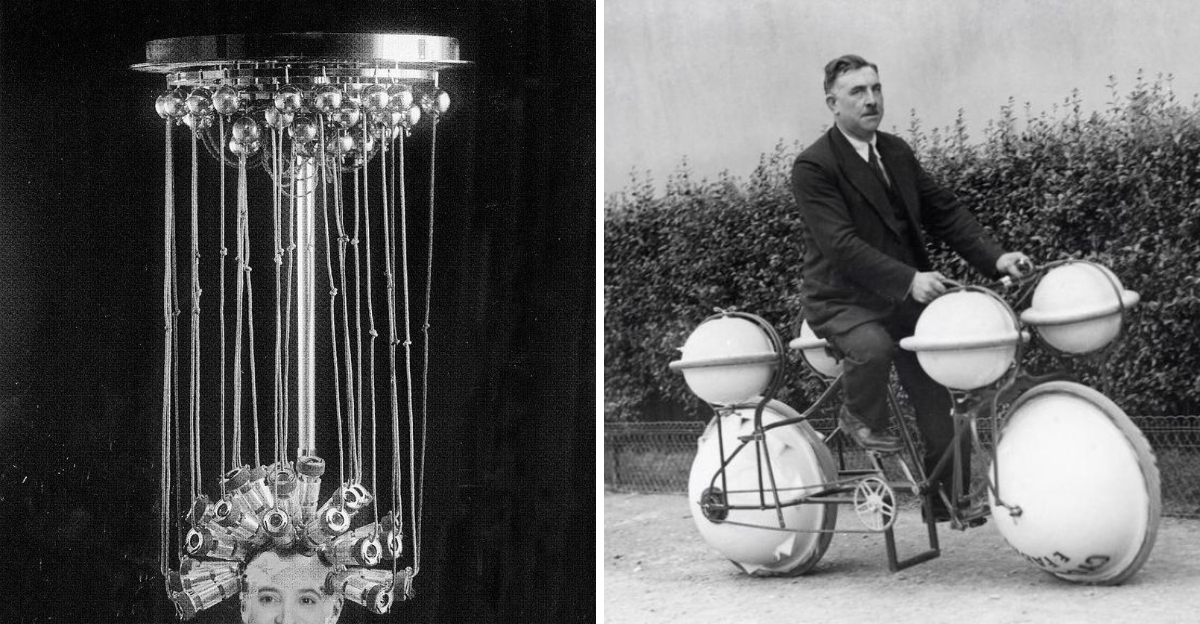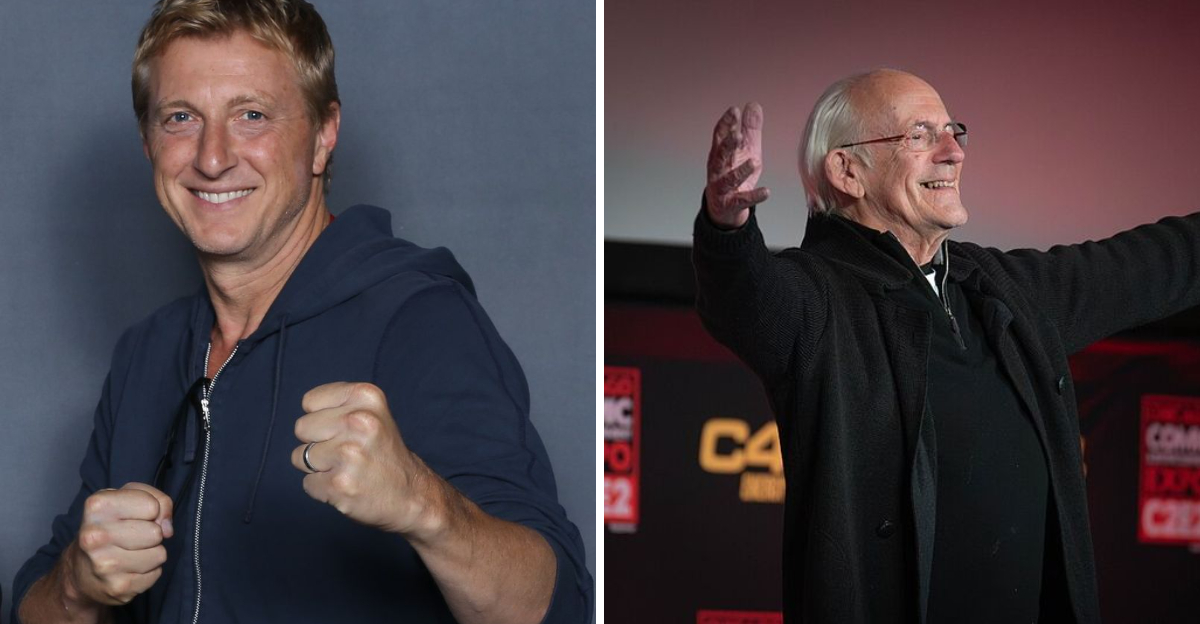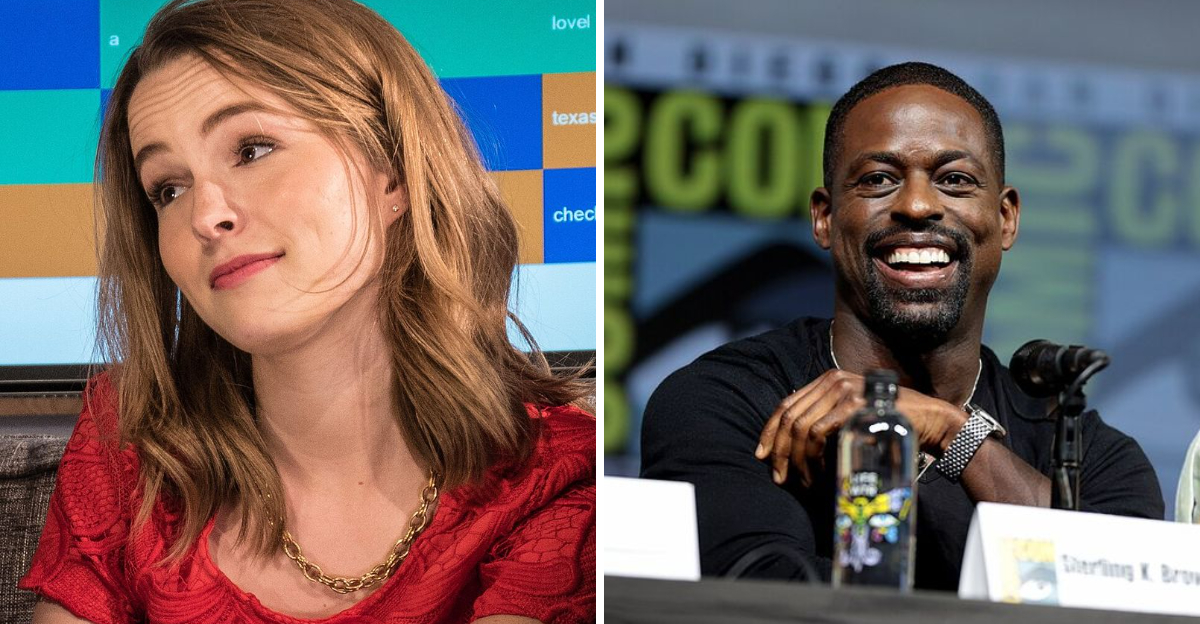14 Terrifying Films That Prove True Horror Never Ages
Some movies never lose their power to frighten, no matter how many decades pass.
Classic horror films continue to haunt audiences because they tap into fears that feel timeless and deeply human.
Whether it’s a masked killer, a possessed child, or something lurking in the shadows, these 14 films remind us why great horror endures forever.
1. Psycho
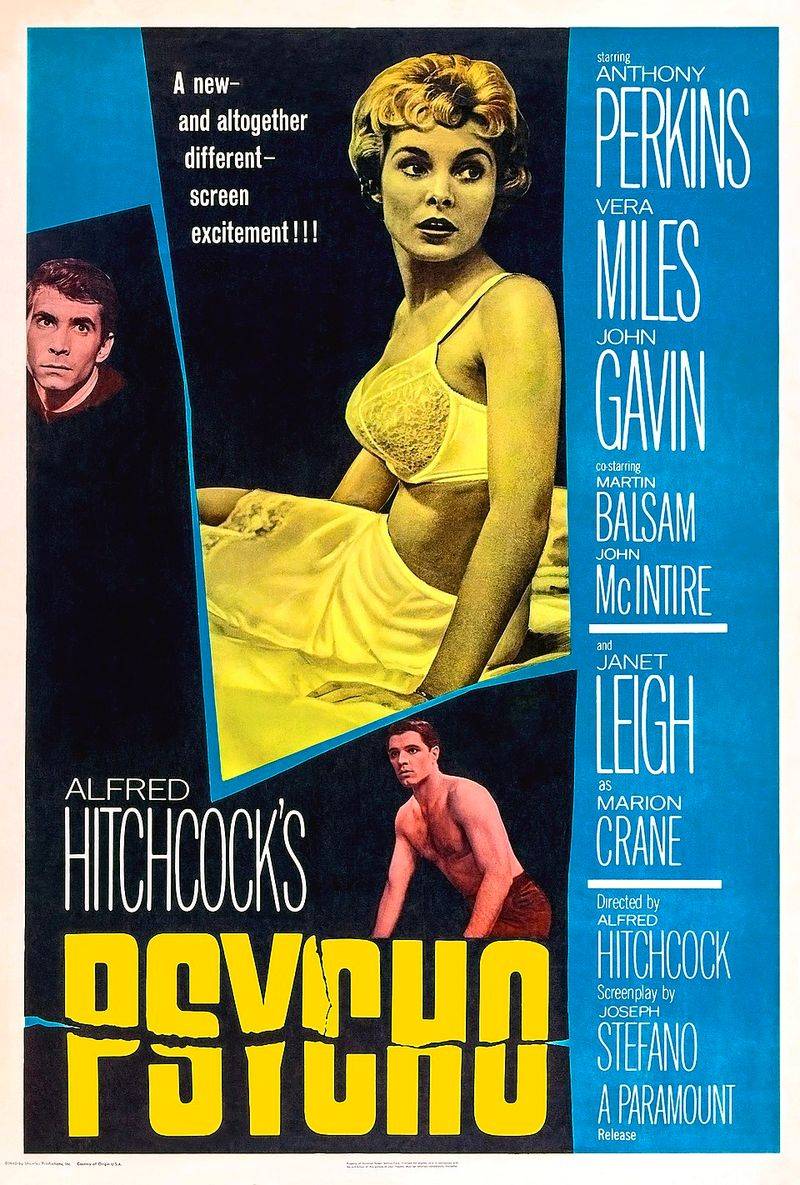
Alfred Hitchcock changed cinema forever with this 1960 masterpiece that made everyone afraid of showers.
Norman Bates became one of horror’s most iconic villains, proving that monsters don’t always look scary at first glance.
Bernard Herrmann’s shrieking violin score still makes hearts race today. Every twist feels fresh, even if you’ve heard spoilers, because Hitchcock’s direction creates unbearable tension that never ages.
2. The Exorcist
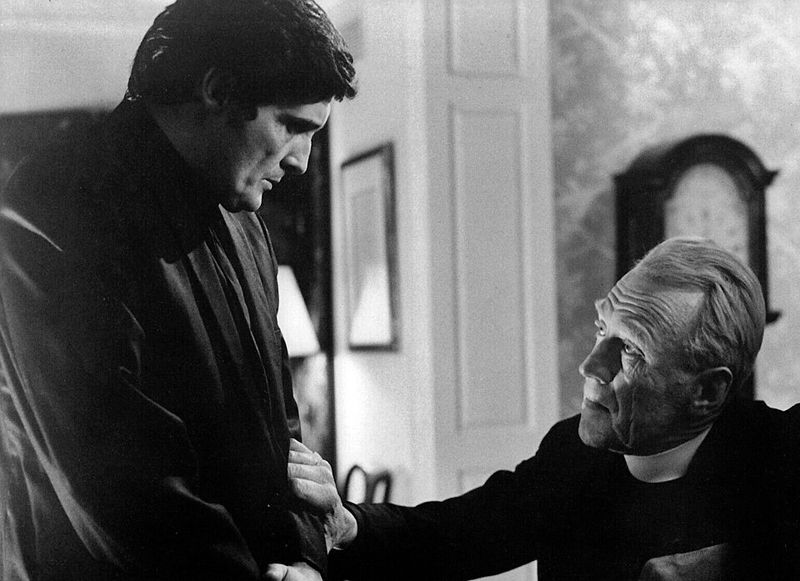
When this came out in 1973, audiences literally fainted in theaters. Regan’s possession remains one of cinema’s most disturbing portrayals of evil invading innocence.
Director William Friedkin didn’t rely on cheap scares but built dread through atmosphere and unsettling imagery.
Watching a sweet child transform into something demonic taps into primal fears that special effects alone could never create, making it eternally terrifying.
3. The Blair Witch Project

Three film students disappeared in 1994, and their footage was found a year later—or so the brilliant marketing claimed. This 1999 indie phenomenon created the found-footage horror renaissance.
Shot for practically nothing, the film’s shaky-cam realism made audiences believe they were watching something genuine. The witch never appears on screen, yet the escalating panic and that final shot in the basement created nightmares through pure suggestion.
4. Rosemary’s Baby
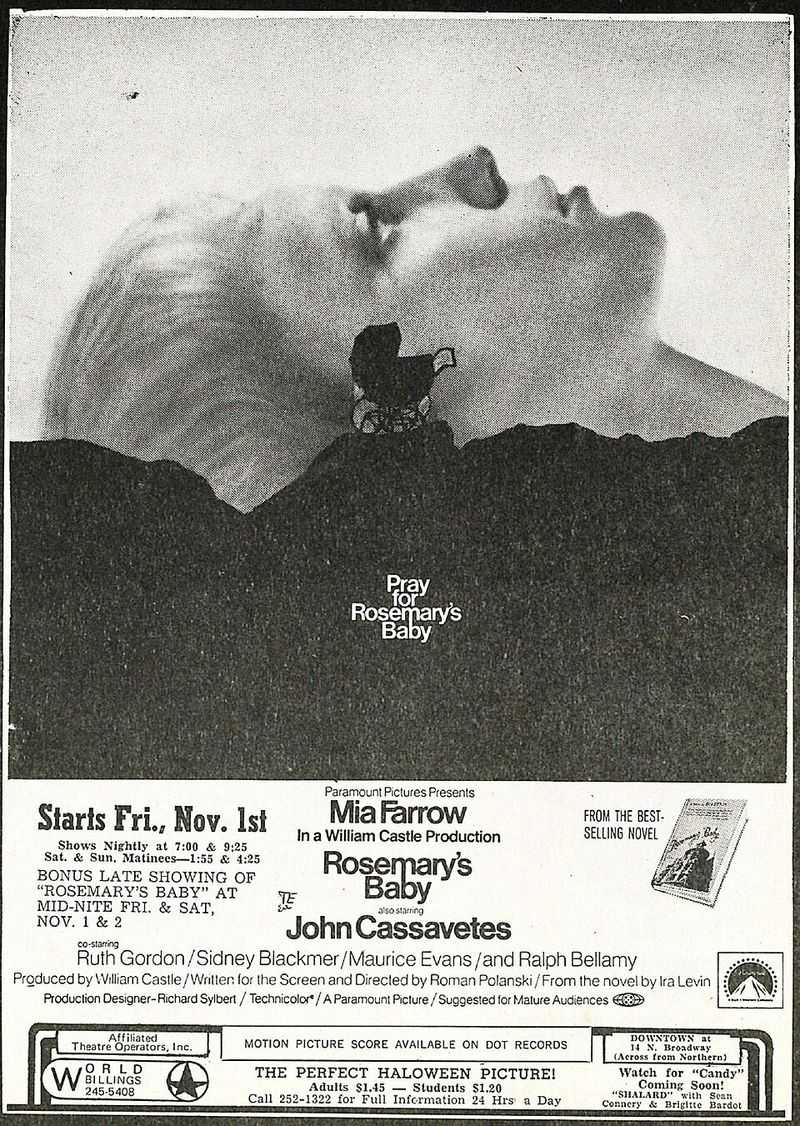
Roman Polanski crafted paranoia into an art form with this 1968 thriller about pregnancy gone horribly wrong. Rosemary’s suspicions about her neighbors feel both ridiculous and completely justified throughout.
What makes this brilliant is how it plays with trust and vulnerability. Every smile from a neighbor could hide evil intentions, turning everyday apartment life into a nightmare you can’t escape from.
5. The Texas Chain Saw Massacre
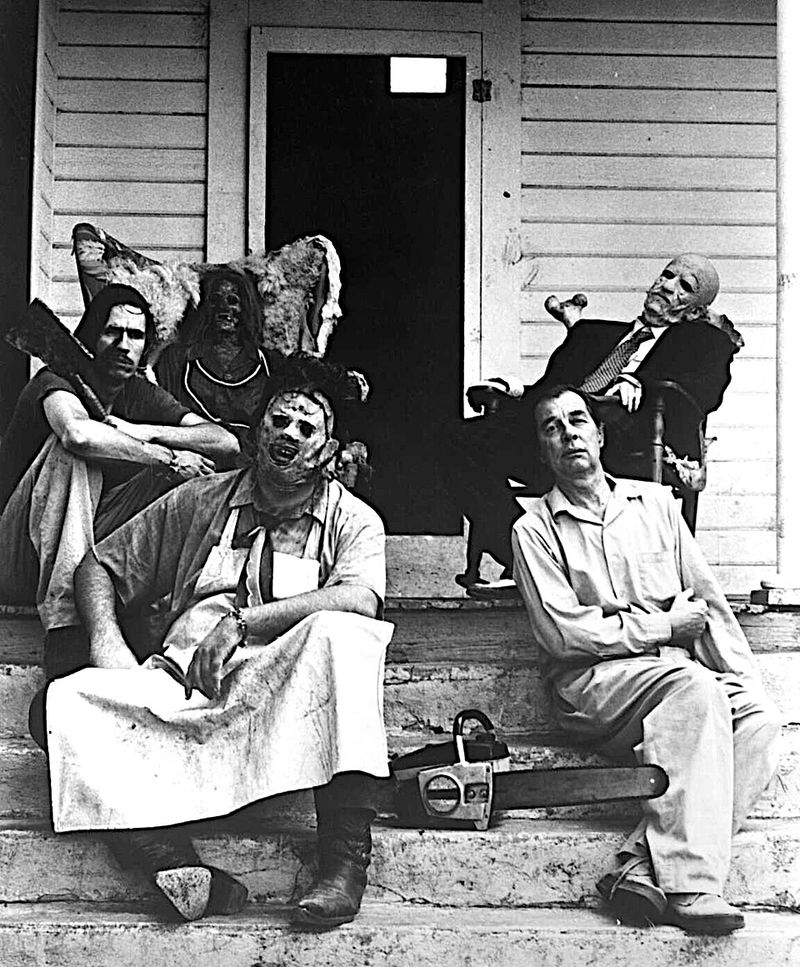
Tobe Hooper’s 1974 nightmare feels like stumbling upon actual found footage of something you shouldn’t witness. Leatherface and his cannibalistic family represent humanity stripped of all civilization.
Shot on grainy film with documentary-style realism, every moment feels uncomfortably authentic. Despite minimal actual gore shown on screen, your brain fills in the horrifying blanks, making it feel more brutal than it actually is.
6. Hereditary

Ari Aster’s 2018 debut proved modern horror could be genuinely traumatic. Toni Collette’s performance as a mother unraveling after family tragedy deserved every award imaginable.
What starts as grief drama descends into supernatural nightmare with shocking moments that leave audiences gasping. The film explores how trauma and mental illness can feel like demonic possession, blurring lines between psychological and supernatural horror brilliantly.
7. Jaws
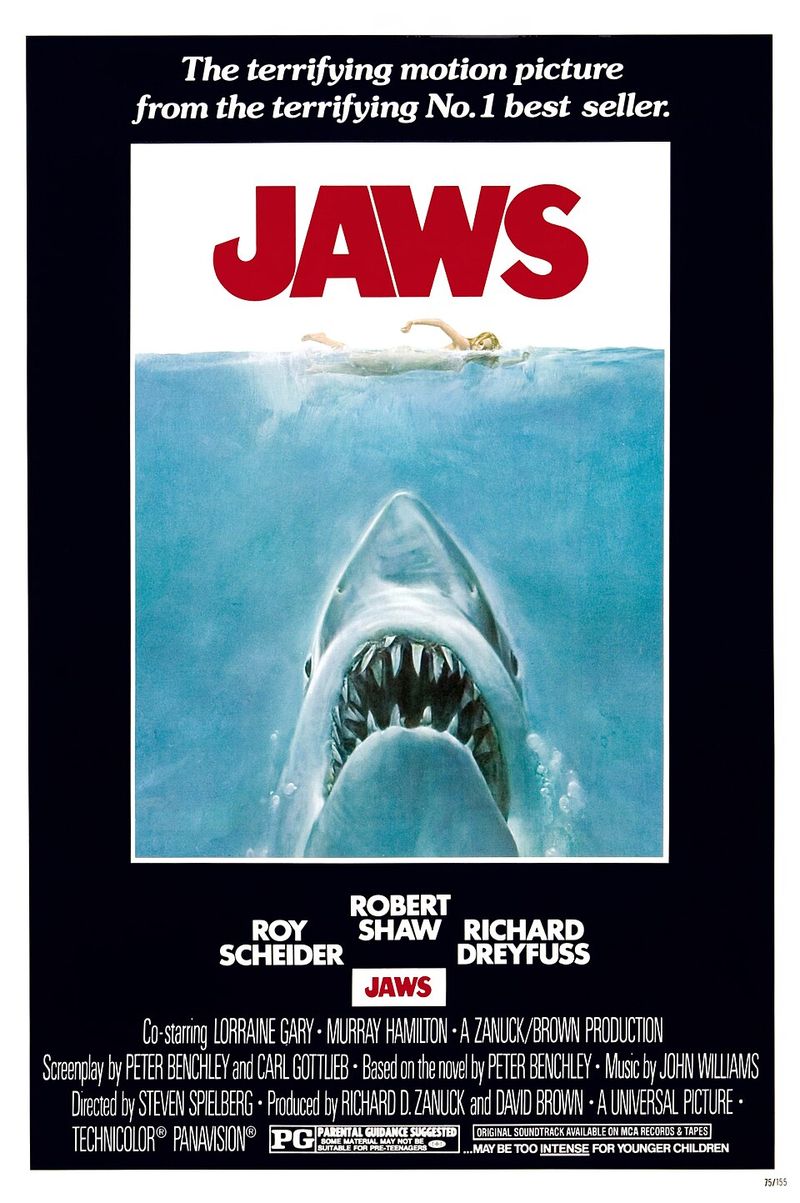
Steven Spielberg made an entire generation afraid of the ocean with this 1975 thriller. Ironically, the mechanical shark barely worked, forcing Spielberg to suggest its presence rather than show it constantly.
That limitation became the film’s greatest strength. John Williams’ iconic two-note theme triggers instant dread, while the unseen threat lurking beneath the waves proves imagination creates better monsters than any special effect could.
8. Get Out

Jordan Peele’s 2017 directorial debut used horror to explore racism in ways that felt fresh and terrifying. Meeting your girlfriend’s parents becomes a nightmare when their liberal facade hides something sinister.
The sunken place became an instant cultural symbol for marginalization and powerlessness. Peele crafted social commentary that works both as metaphor and as genuine thriller, proving horror can be smart, scary, and important simultaneously.
9. A Nightmare on Elm Street
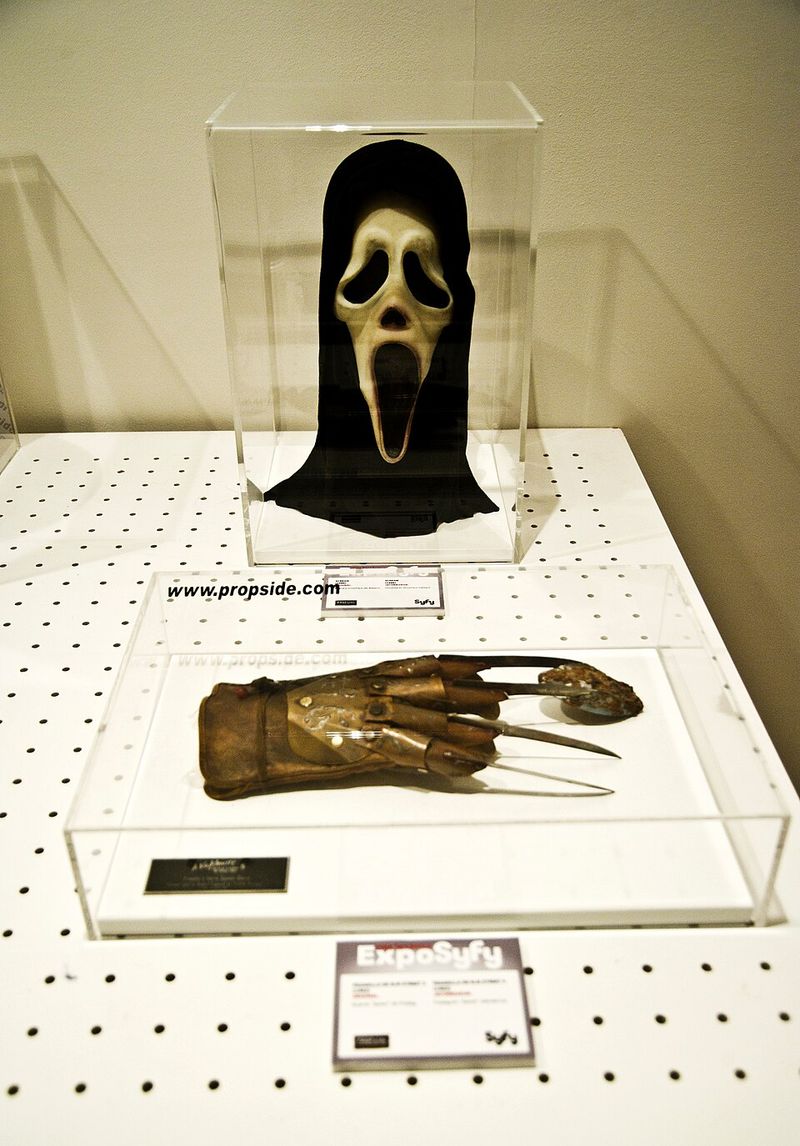
Wes Craven weaponized sleep itself in 1984, creating a villain who attacks when you’re most vulnerable. Freddy Krueger’s burned face and razor glove became instantly iconic.
Unlike other slashers, Freddy talks, jokes, and psychologically torments his victims before killing them.
The genius lies in making dreams dangerous, eliminating the one place we should feel safe, which makes rest itself become terrifying.
10. The Silence of the Lambs
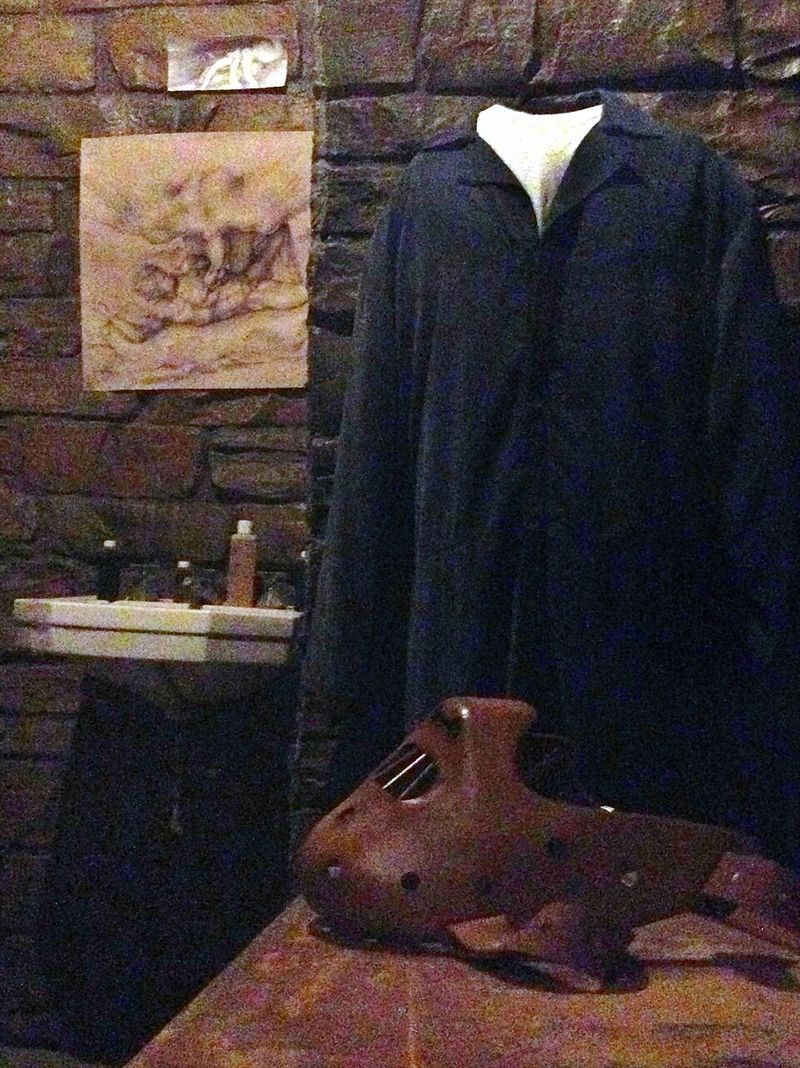
Jonathan Demme created a psychological thriller so intense it won the Big Five Oscars in 1991. Hannibal Lecter proved that intelligence and charm can be more terrifying than any monster mask.
Anthony Hopkins’ performance makes Lecter fascinating and horrifying simultaneously.
Meanwhile, Buffalo Bill’s crimes feel disturbingly real, grounding supernatural horror in human evil that actually exists, which somehow feels worse than any ghost story.
11. The Omen
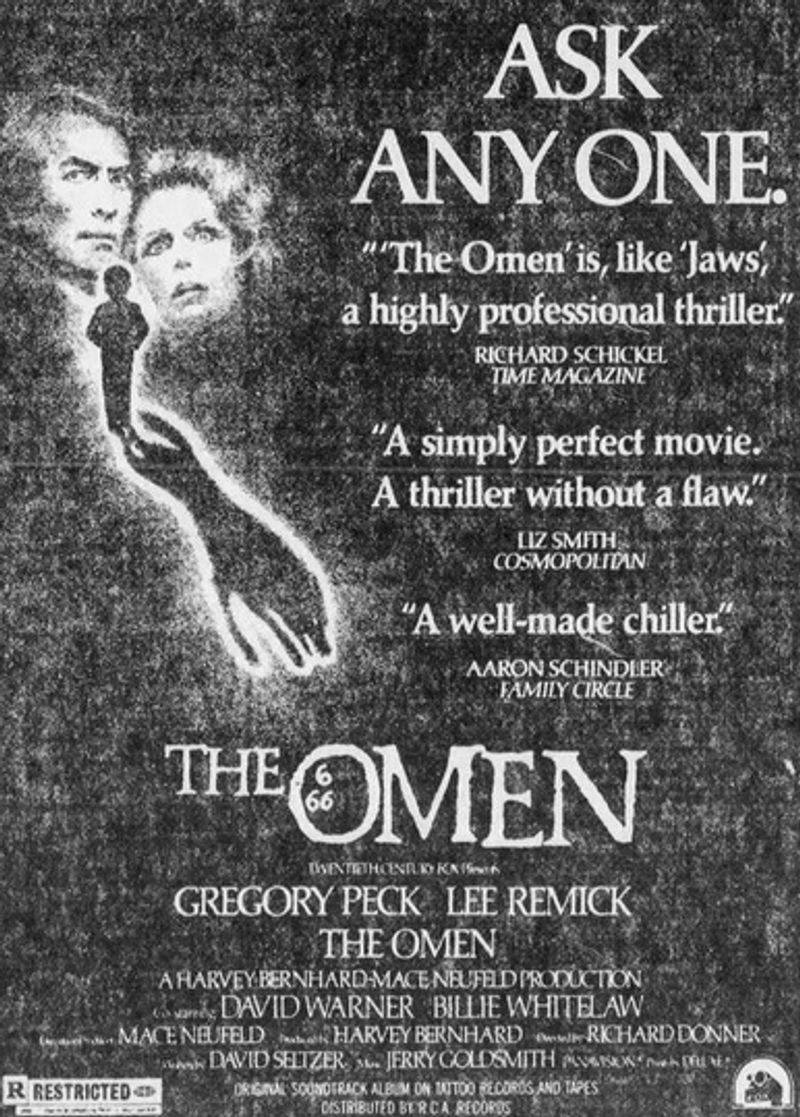
Richard Donner’s 1976 film asks what happens when the Antichrist arrives as an adorable child. Damien seems innocent, but death follows him everywhere with increasingly creative and shocking methods.
Jerry Goldsmith’s Oscar-winning score adds operatic dread to every scene. Watching parents slowly realize their son might be evil incarnate taps into fears about whether we truly know our own children, making parenthood itself feel dangerous.
12. Poltergeist

Tobe Hooper and Steven Spielberg turned suburban safety into a nightmare in 1982. When spirits communicate through television static, technology becomes a gateway for something hungry and angry.
Carol Anne’s kidnapping into another dimension through her bedroom closet made every child fear what might lurk in their room at night. The film proves that evil doesn’t need ancient castles when it can invade tract housing just as easily.
13. Carrie
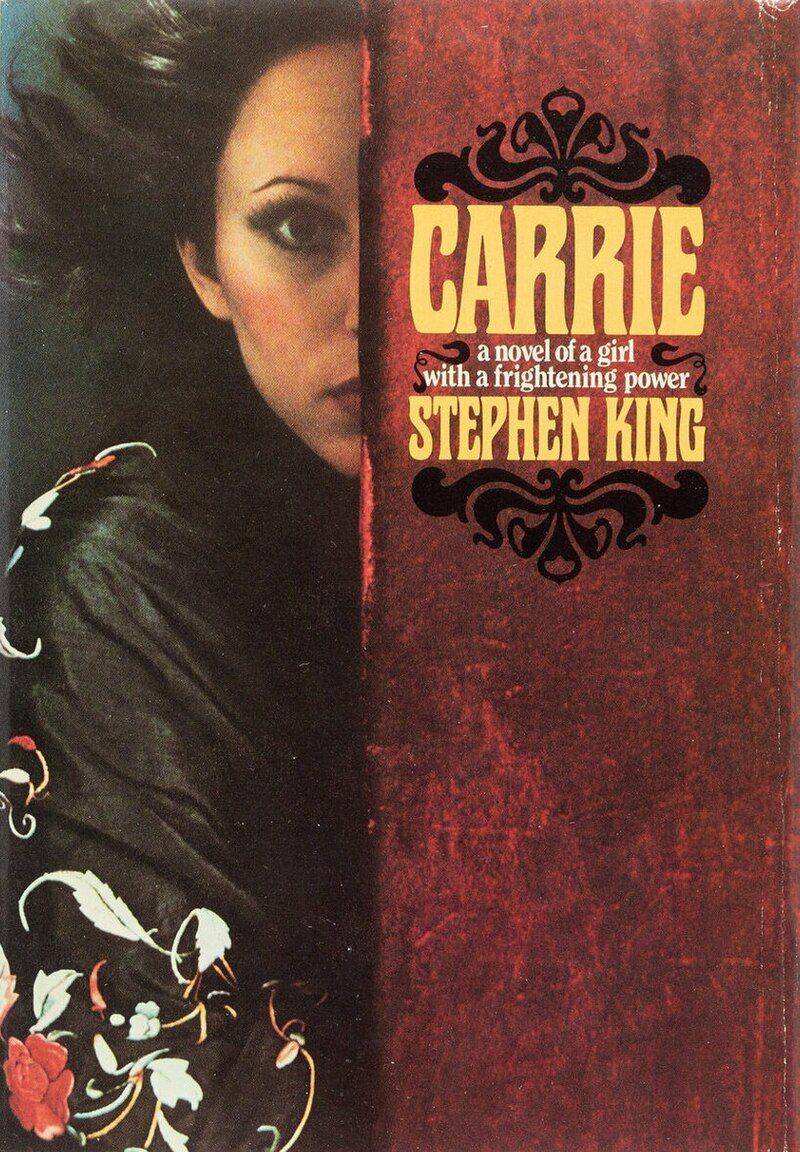
Brian De Palma adapted Stephen King’s first novel into a tragedy about bullying taken to supernatural extremes. Carrie White’s telekinetic revenge at prom became one of horror’s most iconic sequences.
Sissy Spacek’s performance makes you sympathize with Carrie even as she commits terrible acts. The film explores how cruelty and religious extremism can create monsters, making the real horror lie in how we treat each other.
14. The Babadook

Jennifer Kent’s 2014 film uses a storybook monster to explore grief and motherhood’s dark side. Amelia’s struggle with her son Samuel and the creature haunting them blurs reality and nightmare.
The Babadook itself – a top-hatted shadow figure – represents trauma that won’t stay buried. Rather than a traditional exorcism ending, the film suggests we must learn to live with our demons, offering a surprisingly mature resolution.

